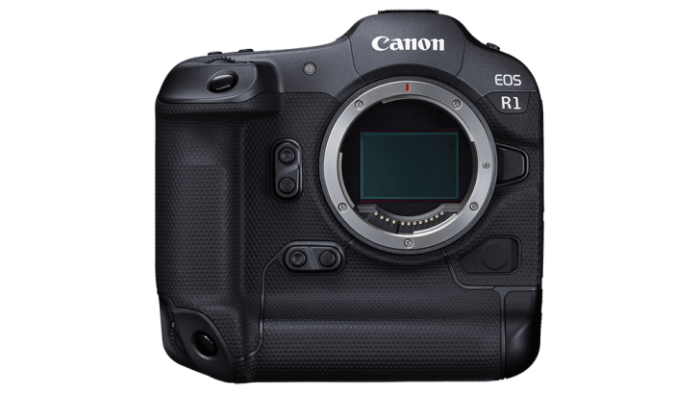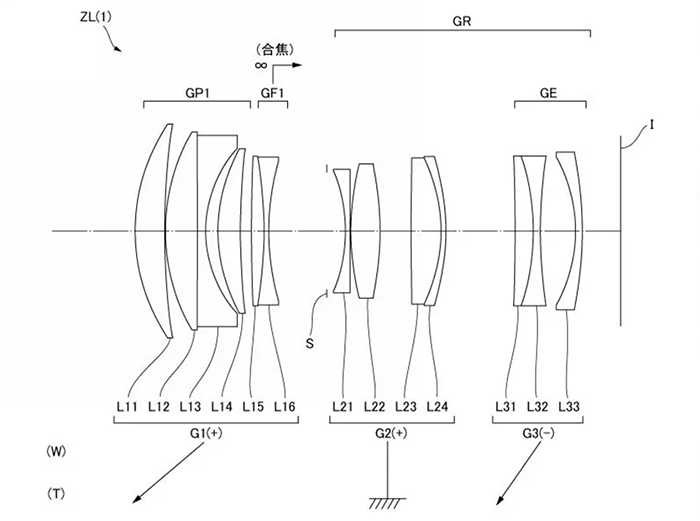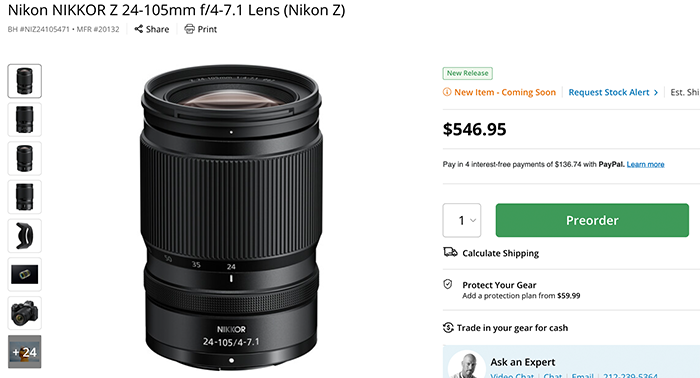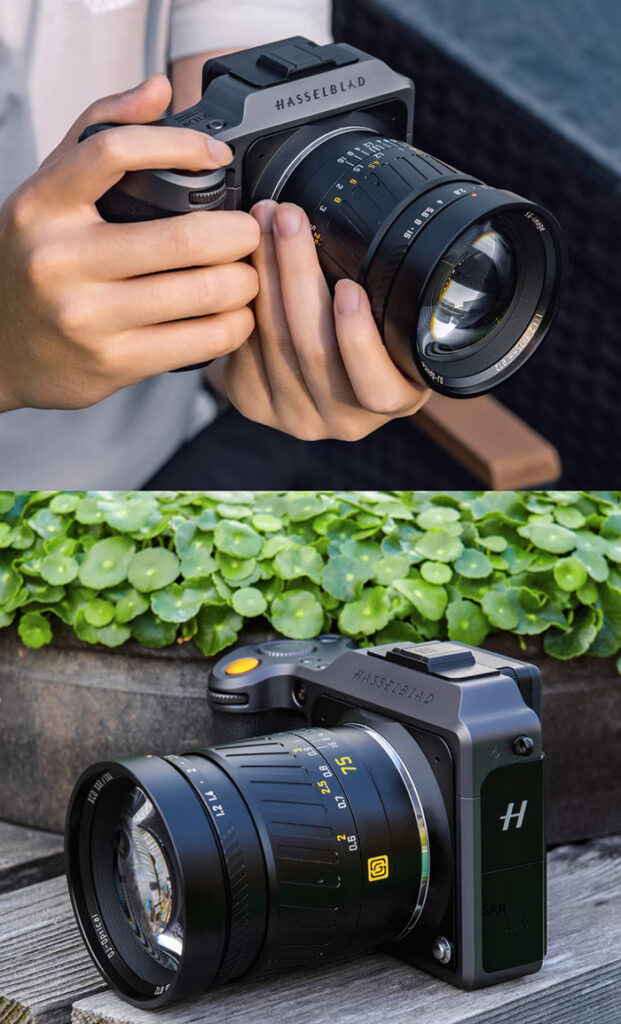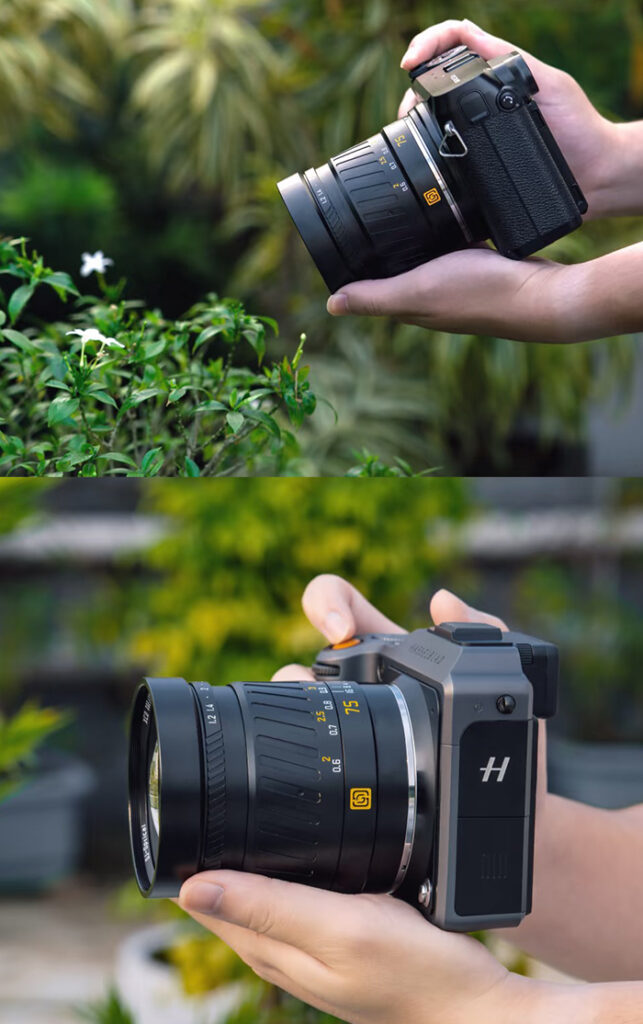These were the best selling cameras and lenses at Mapcamera: This $120 Kodak was the bestseller!
Mapcamera shared the info about the best selling gear in 2025
Best selling camera of 2025:
- Kodak PIXPRO FZ55
- Fujifilm X-M5
- Nikon Z5II
- Fujifilm X-E5
- Fujifilm X Half
- Fujifilm X100VI
- Ricoh GR IV
- Ricoh GR IIIx
- Sony α7C II
- Canon EOS R6 Mark II
Best selling lenses of 2025
- Nikon NIKKOR Z 24–70mm F2.8 S II
- Canon RF 45mm F1.2 STM
- Sony FE 24–70mm F2.8 GM II
- Sony FE 70–200mm F2.8 GM OSS II
- Canon – RF100–400mm F5.6–8 IS USM
- SIGMA – Contemporary 20–200mm F3.5–6.3 DG (Sony E mount)
- Nikon – NIKKOR Z 50mm F1.8 S
- TAMRON – 25–200mm F2.8–5.6 Di III VXD G2 (Model A075S, Sony E mount)
- Nikon – NIKKOR Z 26mm F2.8
The Kodak PIXPRO FZ55 was the best selling camera of the year! This is a $120 camera made by a Chinese manufactured who licensed the name Kodak.
A new chinese company Leaptic is teasing the launch of a new 8K action camera

On X.com you can see a newly created account teasing the launch of an 8K Action camera. Looks similar to a DJI OSMO Nano. And I wonder if this is a DJI owned subsidiary that might be allowed to sell products in the USA…just speculating!
UPDATE: Now you ca see the full details of the camera here: https://leaptic.dreametech.com/

Impressive: SG-image announced this new 75mm f/1.2 medium format lens!

SG-image announced this new fast and manual focusing 75mm f/1.2 medium format lens. There is yet no info about the pricing and availability. This is what we got so far:
75mm f/1.2 lens Specs:
- 6 Elements in 7 Groups
- Close focus 0.6m
- 12 aperture blades
- 72mm
- Manual Focus Lens Type Stabilization
- GFX version: 642g and Φ77*74.6mm
- XCD version: 642g and Φ77*83.2mm
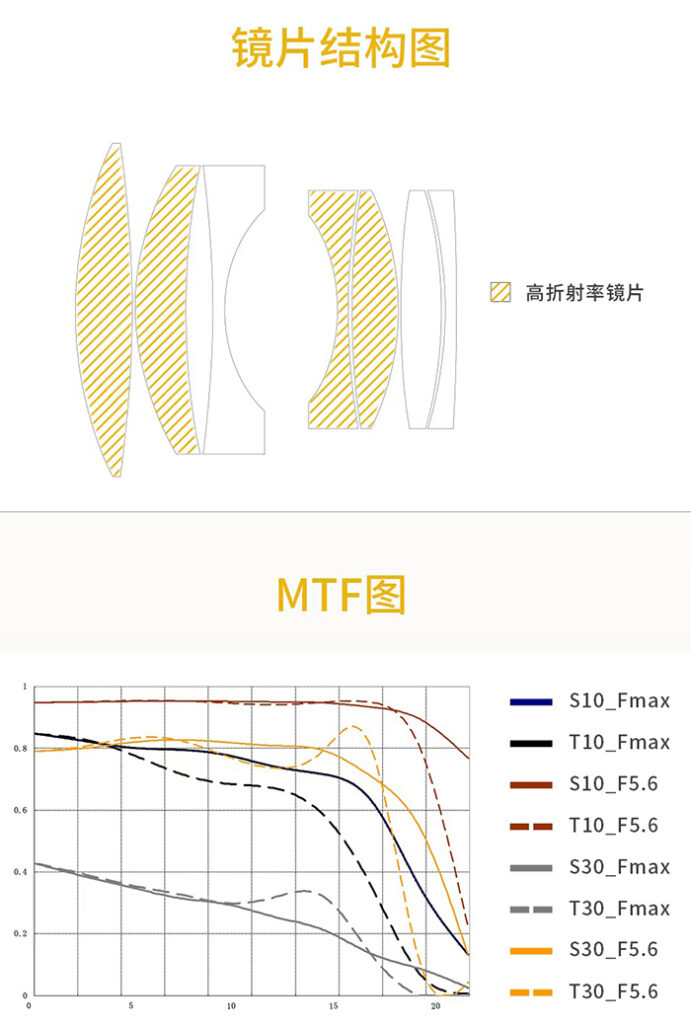
Product shots:
Image samples:
Leica’s Bold Pivot: CEO Confirms Return to In-House Sensor Development
Leica CEO Andrea Kaufmann just confirmed that Leica is once again developing its own sensor, having used a sensor from AMS in Graz up to the Leica M10 and then switching to Sony sensors for the Leica M11. The development time for such a sensor is around five years. However, they are already quite a bit further along, but he cannot say any more about it at the moment.
It seems that the future Leica M12 and SL4 could be equipped with this new sensor. It is quite surprising that Leica has decided to go its own way. I wonder what prompted them to abandon Sony sensors, which are considered highly innovative and advanced (see the new partially stacked sensor in the Sony A7V or the development of the global shutter on the Sony A9III).
I find it exciting that companies like Leica (and Sigma) are trying to go their own way. And I can’t wait to see what the results will be!
7Artisans 40mm f/2.5 E/L/Z lens is finally coming in February
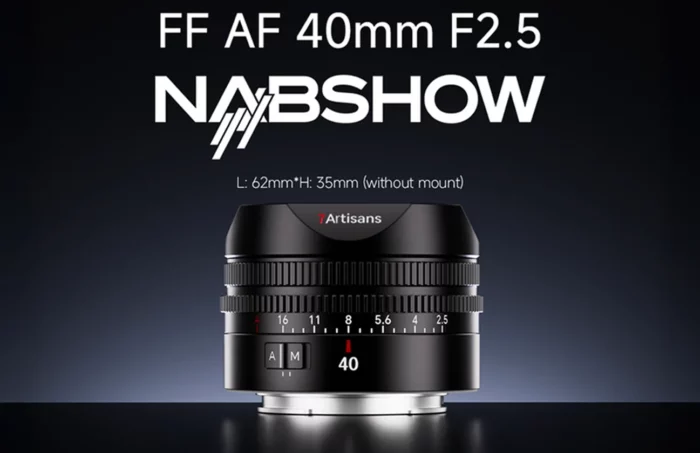
8 months ago at the NAB show 7Artisans announced the development of the new 40mm f/2.5 Full Frame autofocus lens. Finally the lens will be officially launched in January/February. It’s a very compact lens with aperture ring and autofocus.
Year in Review: Best Camera and Lenses of 2025
BHphoto listed the best gear of the year. And below you can find Kai’s list:

